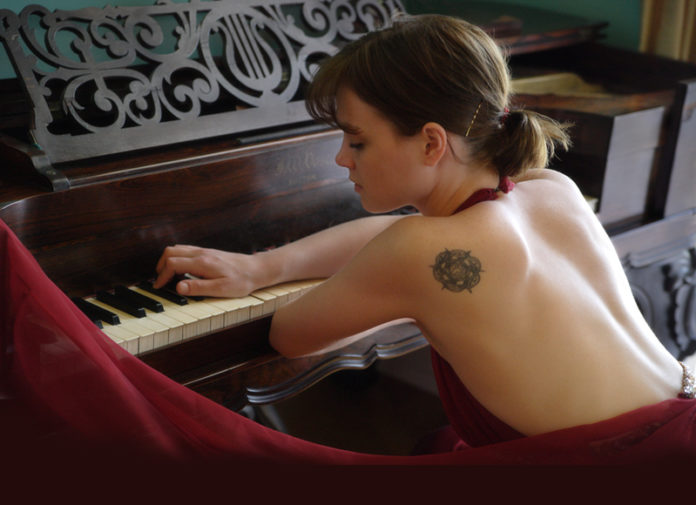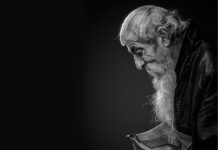by
Carl Caylor
Texas School Instructor
This image has long been one of my favorites. It will never win any awards, but to me it was when I started freeing myself of the need to light my subject’s face. It was when I realized there are as many stories to be told by the absence of light than by light itself.
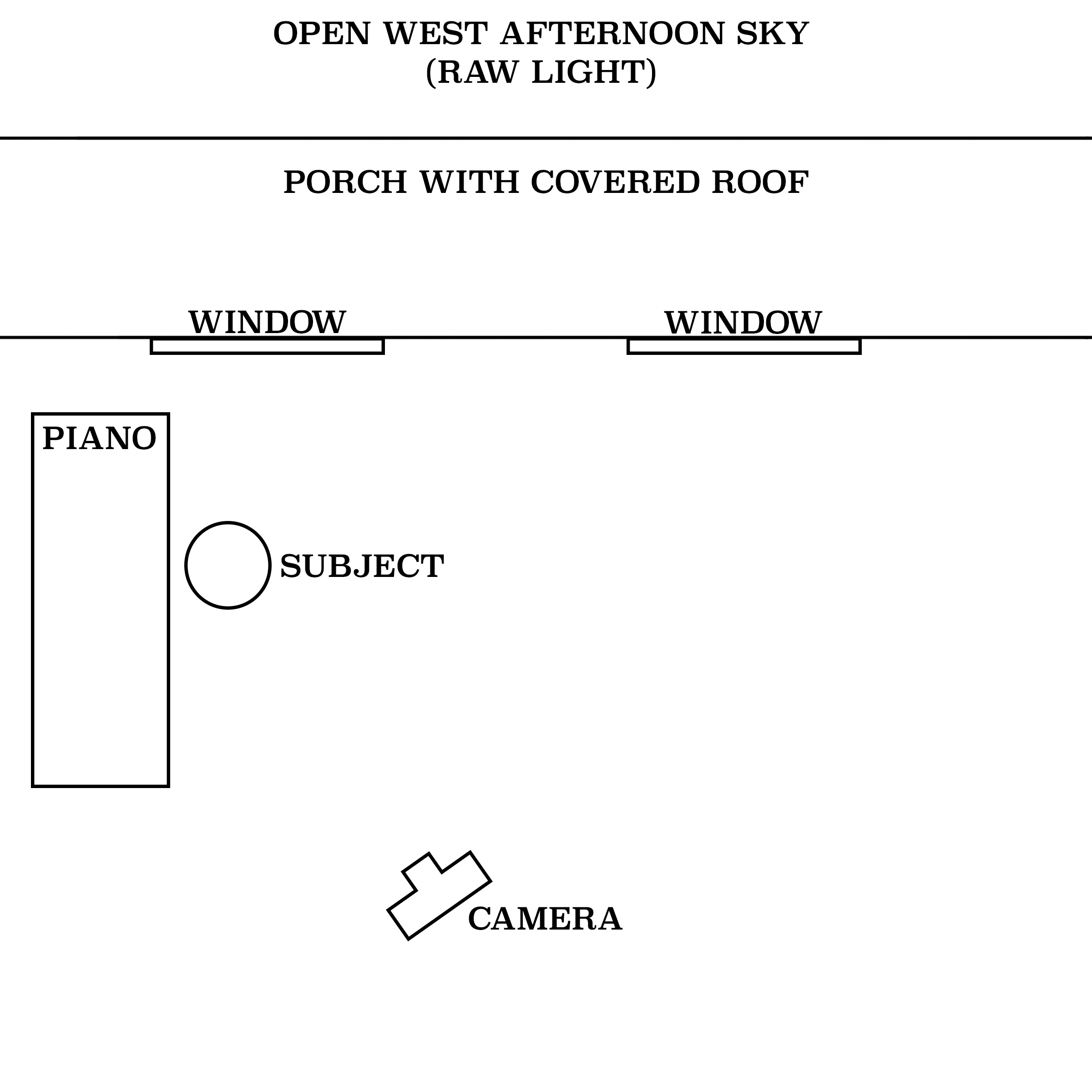 This was created during a demonstration in Cape May, NJ. As you see on the diagram, there are two windows in the room. There is a covered porch outside the windows facing West. The raw light from the sky couldn’t reach into the windows under the covered porch, but it still was much more intense than what we normally see from an open sky. The light skimmed across her back showing wonderful detail in her shoulder blades and spine. It also outlined her hair giving it shape against the dark piano.
This was created during a demonstration in Cape May, NJ. As you see on the diagram, there are two windows in the room. There is a covered porch outside the windows facing West. The raw light from the sky couldn’t reach into the windows under the covered porch, but it still was much more intense than what we normally see from an open sky. The light skimmed across her back showing wonderful detail in her shoulder blades and spine. It also outlined her hair giving it shape against the dark piano.
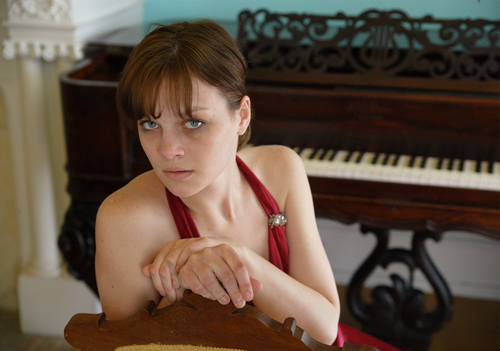 Then I noticed the light on the piano itself. I slid the subject on the bench until I could see the light on the piano right behind the profile of her face. No light on her face at all. This was a way to create a somber emotion and create depth at the same time.
Then I noticed the light on the piano itself. I slid the subject on the bench until I could see the light on the piano right behind the profile of her face. No light on her face at all. This was a way to create a somber emotion and create depth at the same time.
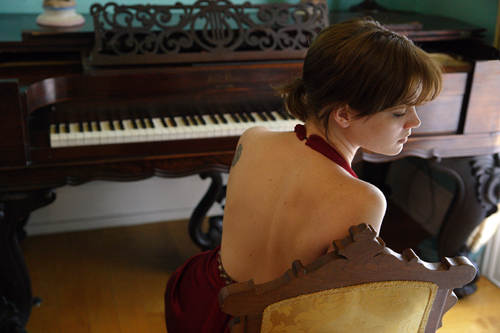 Lately I have been seeing a lot of adds on social media selling posing guides. “826 poses on your phone at your fingertips when you need them”….Posing is only part of the equation and doesn’t mean much without the proper form of light. Each pose has an appropriate direction the light should be coming from. It also will help determine the story you are telling.
Lately I have been seeing a lot of adds on social media selling posing guides. “826 poses on your phone at your fingertips when you need them”….Posing is only part of the equation and doesn’t mean much without the proper form of light. Each pose has an appropriate direction the light should be coming from. It also will help determine the story you are telling.
A face going into shadow (title image) is more mysterious or somber, a lighted face is a happy face, a split lighted face is more determined and so on. So choose the light for the pose. Of course… then we will add the technical side of the photographic philosophy; the depth of field. Does the amount in focus match or harmonize with the scene or story? Does the quality of light work along as well?
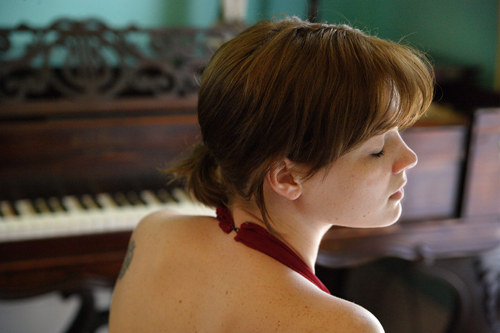 There is so much more to a portrait than simply “creating a correct exposure.” Make sure you, as an artist, use as many concepts as you can to make your visions understood in the eyes of the viewer.
There is so much more to a portrait than simply “creating a correct exposure.” Make sure you, as an artist, use as many concepts as you can to make your visions understood in the eyes of the viewer.
In this case, her dress was long and flowing with several layers to it. I borrowed a layer and used it to stop our attention from leaving the image at the end of the piano. Granted, in hind sight, I would have done something more comfortable with her arms, but nobody is perfect and I learned better what to do next time.
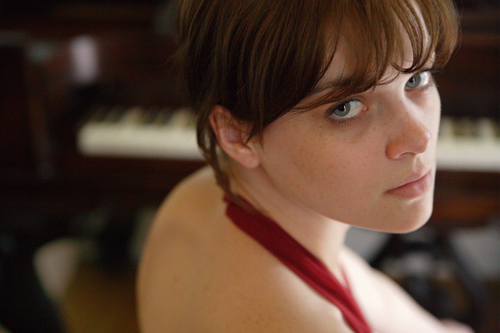 I have included other images from the same area. These show other ways to use the same light source. I could probably come up with a few more if I wanted to. Point is… while you are in a location with a good background and usable light, look for variety. It is good for the client and for you. Be creative, have a vision, and don’t get too tunnel-visioned that other ideas get missed.
I have included other images from the same area. These show other ways to use the same light source. I could probably come up with a few more if I wanted to. Point is… while you are in a location with a good background and usable light, look for variety. It is good for the client and for you. Be creative, have a vision, and don’t get too tunnel-visioned that other ideas get missed.
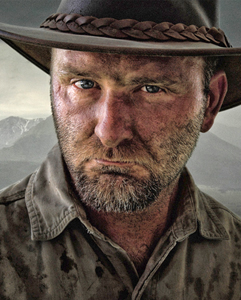 Learn more about Carl Caylor’s Texas School Class at www.TexasSchool.org or visit his website at www.photoimagesbycarl.net.
Learn more about Carl Caylor’s Texas School Class at www.TexasSchool.org or visit his website at www.photoimagesbycarl.net.



